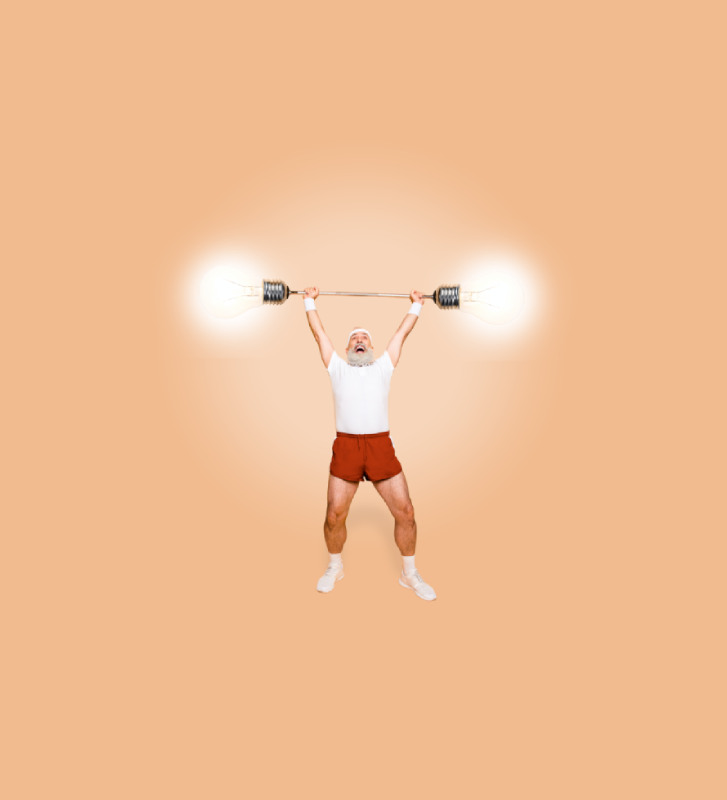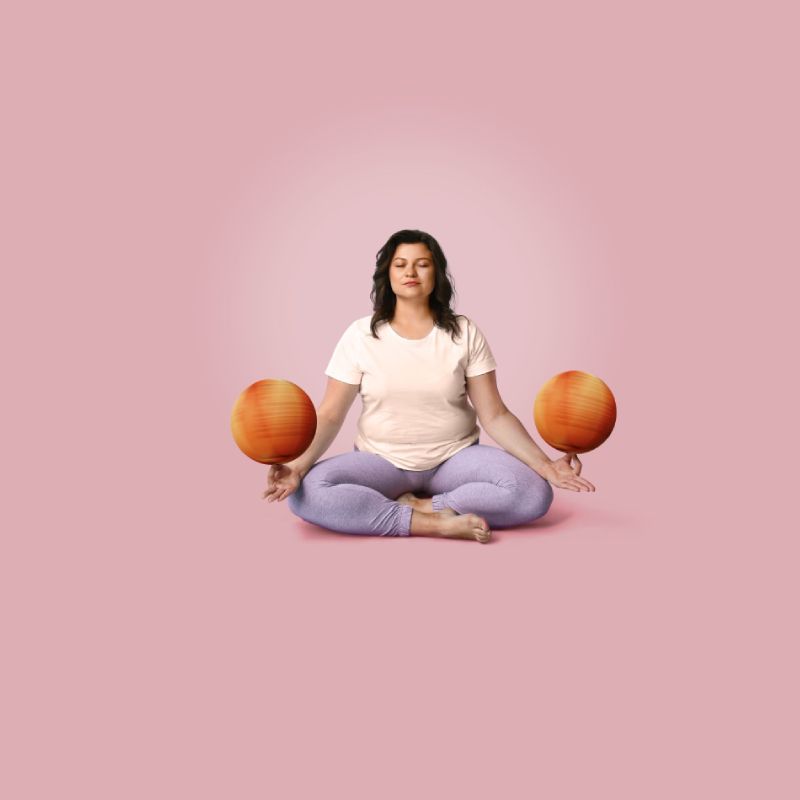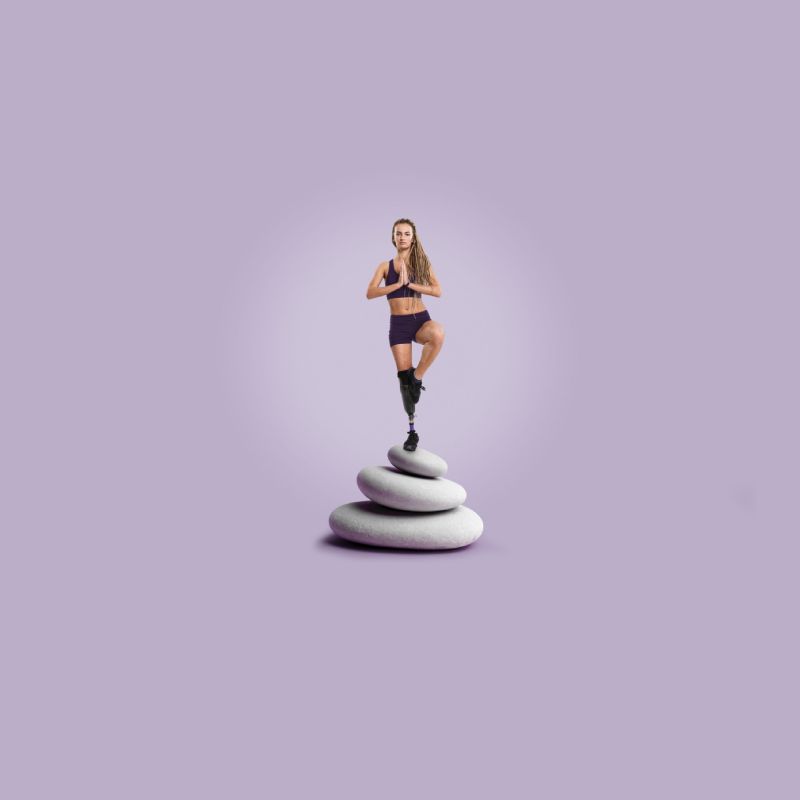De-strEss
Keep calm and exercise
Feeling overwhelmed? Pained with headaches and knots in your neck and shoulders? Mind racing at the end of the day? It’s time to get active so you can unwind!
How can physIcal activity help me de-stress?
Stress is an inevitable part of life. However, there’s both good stress and bad stress, and a healthy amount of good stress can motivate you to achieve goals and overcome obstacles.

Good stress vs. bad stress: How much is too much?
Unfortunately, ongoing, chronic distress (the bad kind of stress) is what we need to target in order to unwind. This type of stress holds us in a long-term ‘fight-or-flight’ mode and has far-reaching implications for our health and happiness.
A busy (and active) mind distracts from the worries of daily life
There is a light at the end of the tunnel. Exercise and sports provide opportunities to get away from the day’s stresses and enjoy some solitude or make friends and build new networks.
Canada’s Physical Activity Guidelines for Adults tell us that 150 minutes of moderate-to-vigorous physical activity a week can decrease tension levels.
Engaging in heart-pumping activity stimulates and calms the body by reducing the body’s stress hormones – adrenaline and cortisol – and stimulating the production of feel-good endorphins (the same chemicals responsible for “runners’ highs”).
Start with a good sweat, and remember that something is always better than nothing — a few minutes here and there will add up!
Here’s how:
- Resistance training, jogging, swimming and yoga are all effective ways to relieve stress.
- It’s been proven that you can relieve stress during the workday by taking regular walking breaks. It’s recommended that you move once every 30 minutes.
References
References
- STATISTICS CANADA. (2014). PERCEIVED LIFE STRESS. RETRIEVED FROM https://www150.statcan.gc.ca/n1/pub/82-625-x/2015001/article/14188-eng.htm
- AMERICAN PSYCHOLOGICAL ASSOCIATION. (2014). HOW STRESS AFFECTS YOUR HEALTH. RETRIEVED FROM http://www.apa.org/helpcenter/stress.aspx






